1
Along with hydraulic demands there are other risk factors that should be considered when selecting a channel system and deciding on placement.
You are using an outdated browser version not supported by this website.
Click here to upgrade your browser
5,247 products with technical literature, drawings and more from leading suppliers of NZ architectural materials.
Case studies, new products and product news from leading suppliers of NZ architectural materials.
Blogs for architectural specifiers, offering product, design and business advice.
 Library
Library
 Brands A–Z
Brands A–Z
 EBOSSNOW
EBOSSNOW
 Detailed
Detailed
 Account
Account
Along with hydraulic demands there are other risk factors that should be considered when selecting a channel system and deciding on placement.

Building sector confidence plummets to new lows — 91% of builders say there is not enough qualified staff to meet demand.
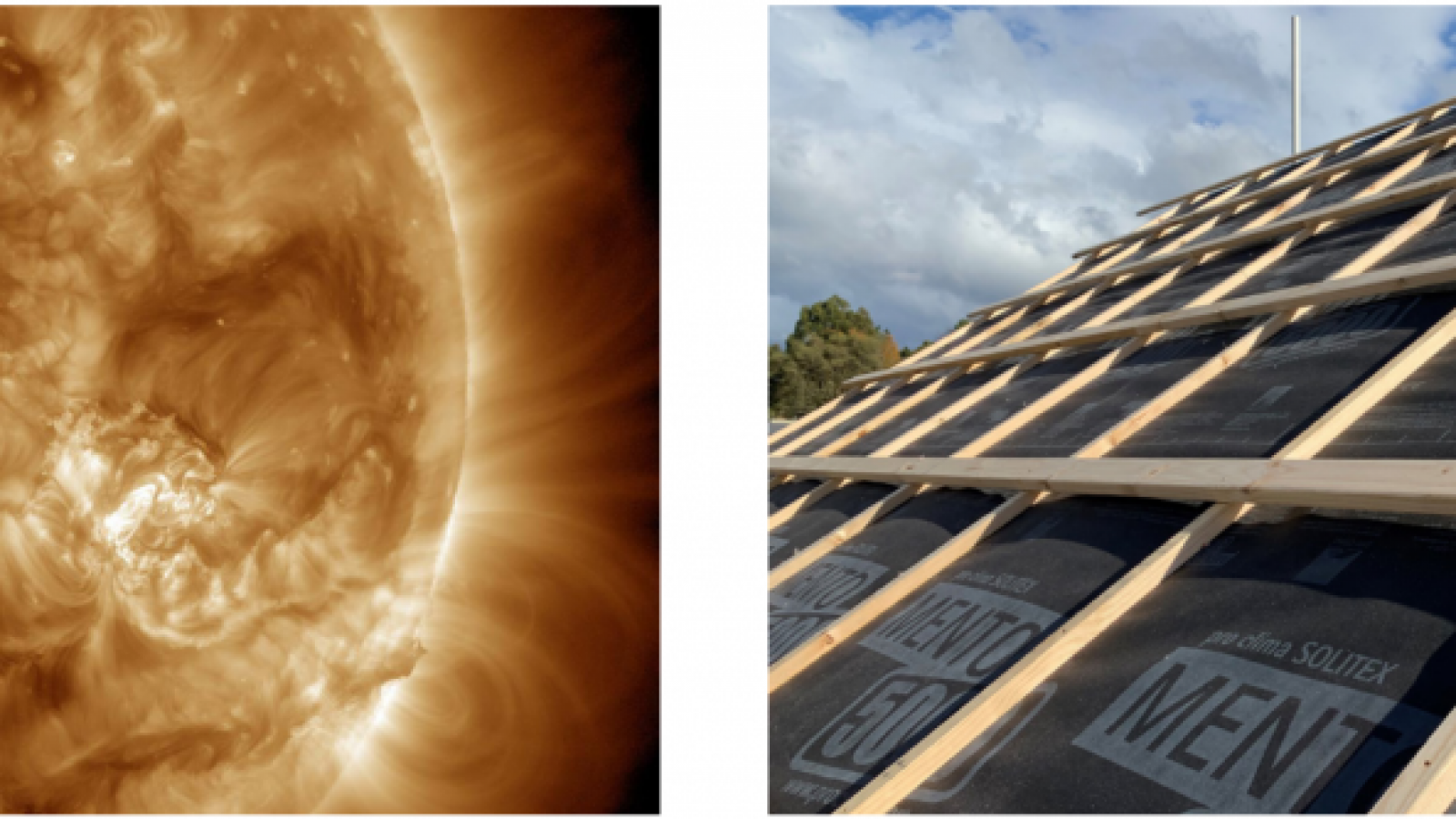
Harsh summer conditions expose roofs to severe solar radiation and add uncomfortable heat loads to our buildings. But the air movement induced by ASV can work to keep our buildings cool, no matter the cladding type or material colour.
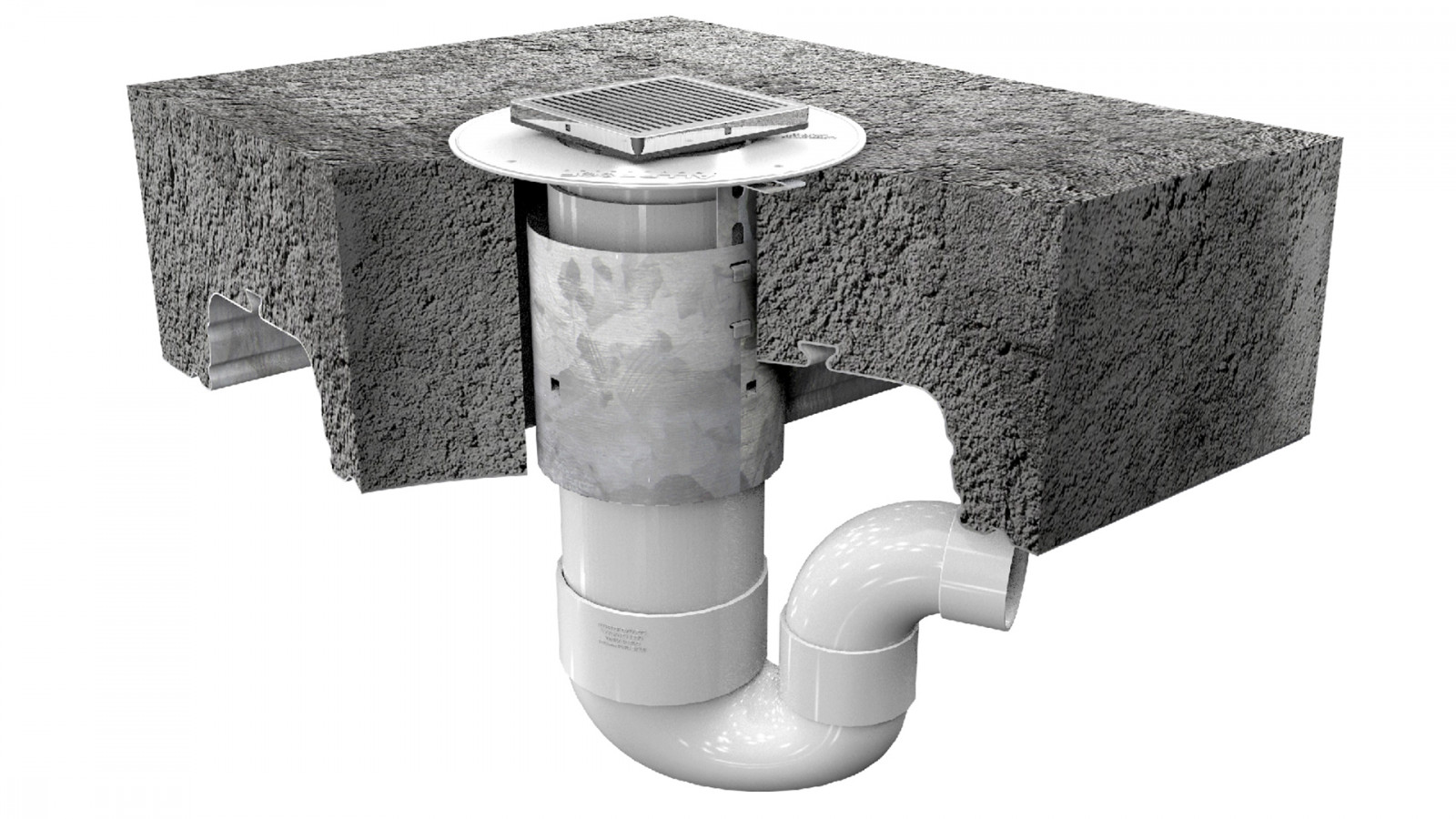
Selecting the correct floor waste system can save time and materials by simplifying the passive fire protection of each penetration in your projects.

We finish our three part series by showcasing how encapsulating mass timber elements with an intumescent protective coating provides a passive fire solution that is holistic and truly compliant.

A look at some of the key issues residents face with poorly designed facades and how they can be designed with both livability and aesthetics in mind.
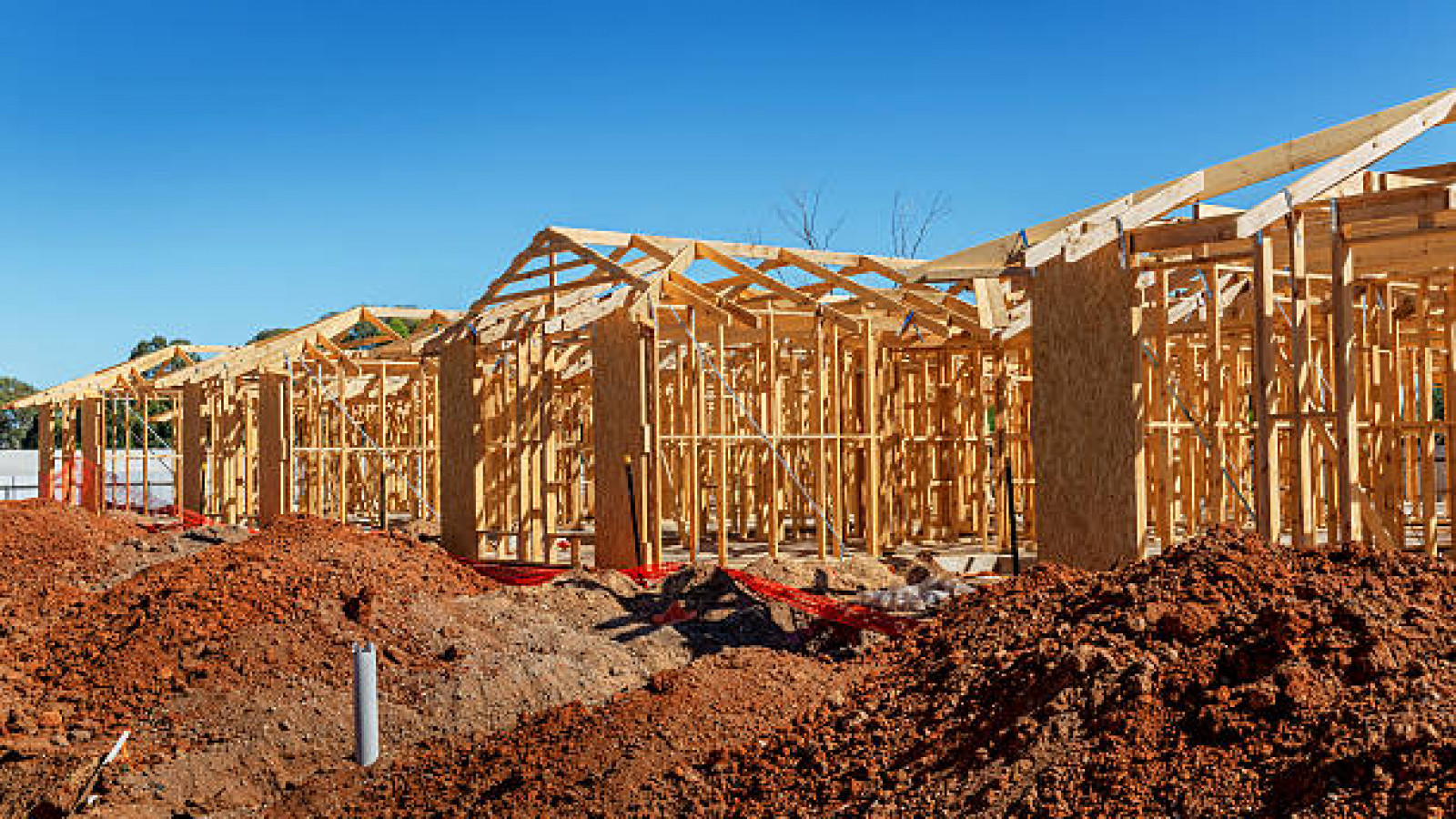
At present MBIE is considering extending the transition period for the implementation of the insulation requirements of the 5th Edition of NZBC clause H1 (Energy Efficiency) so as to allow industry more time to ready the supply chain. Perhaps this time could also be productively used to re-visit the Acceptable Solution minimum construction R-values requirements for the perimeter of roofs to consider if they make sense when the principles of heat transfer are applied.
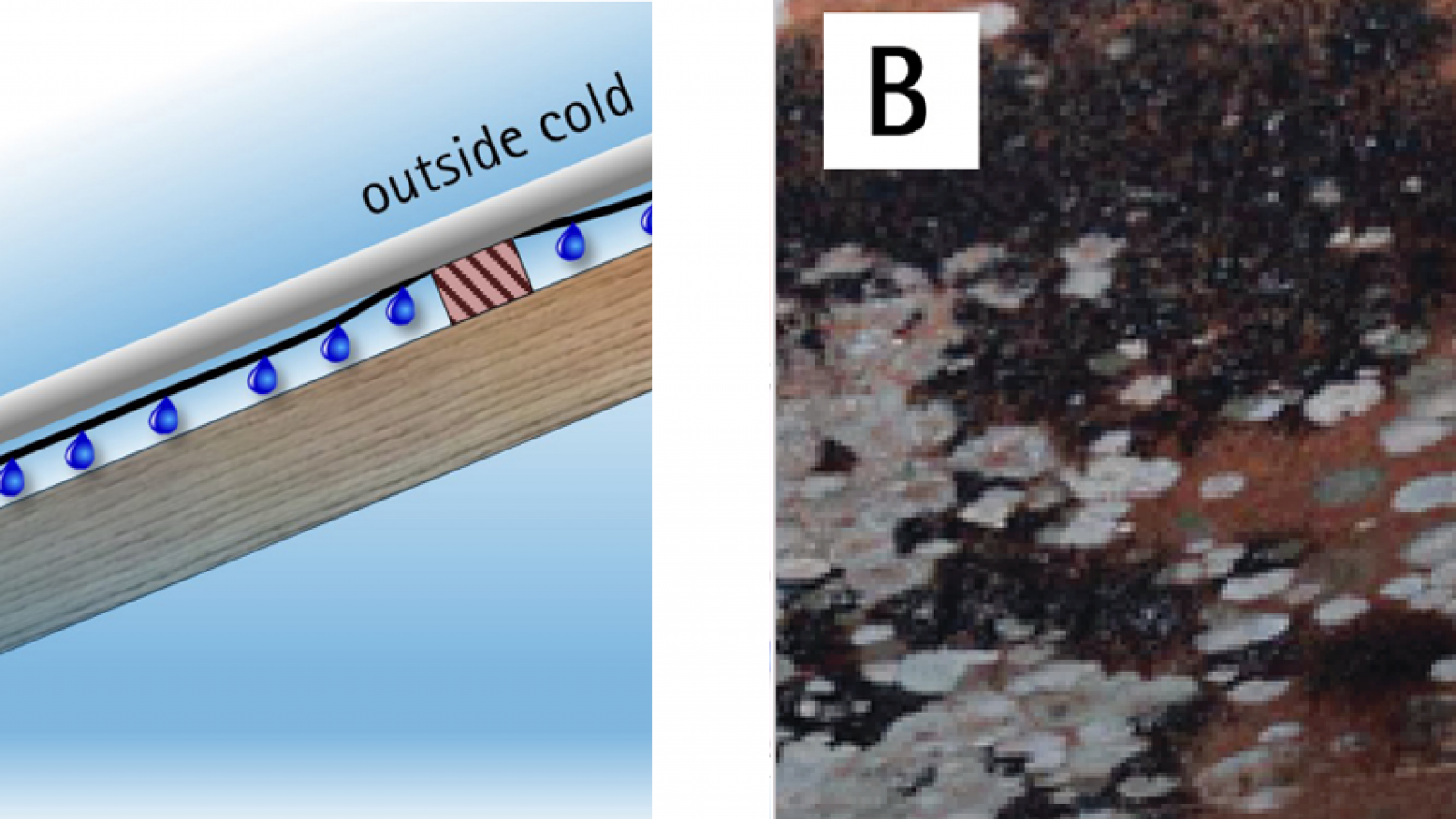
A look at the impact of water from the outside, the inside and within our buildings, and how above sheathing ventilation can keep the structure dry using proven building physics.
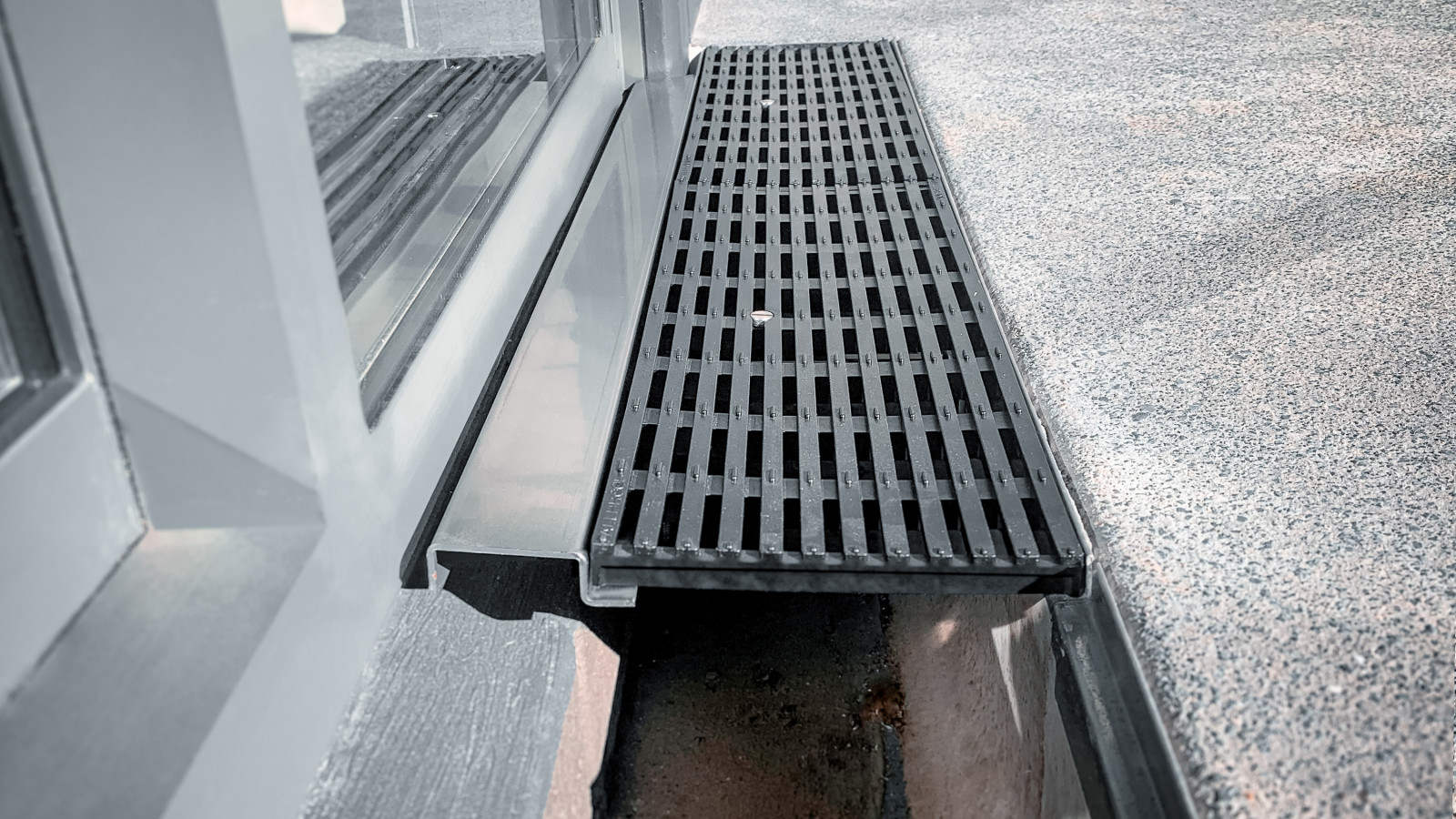
Meeting the requirements of chapter 7.3.2.1 of E2/AS1 in regard to level threshold is getting easier with the rise of perimeter drains as an off the shelf answer to this detail. The new solution we look for is how you deal with steps in the building line, and how, as an architect, you can detail and select a system that will meet the aesthetic and accessibility requirements of this situation.
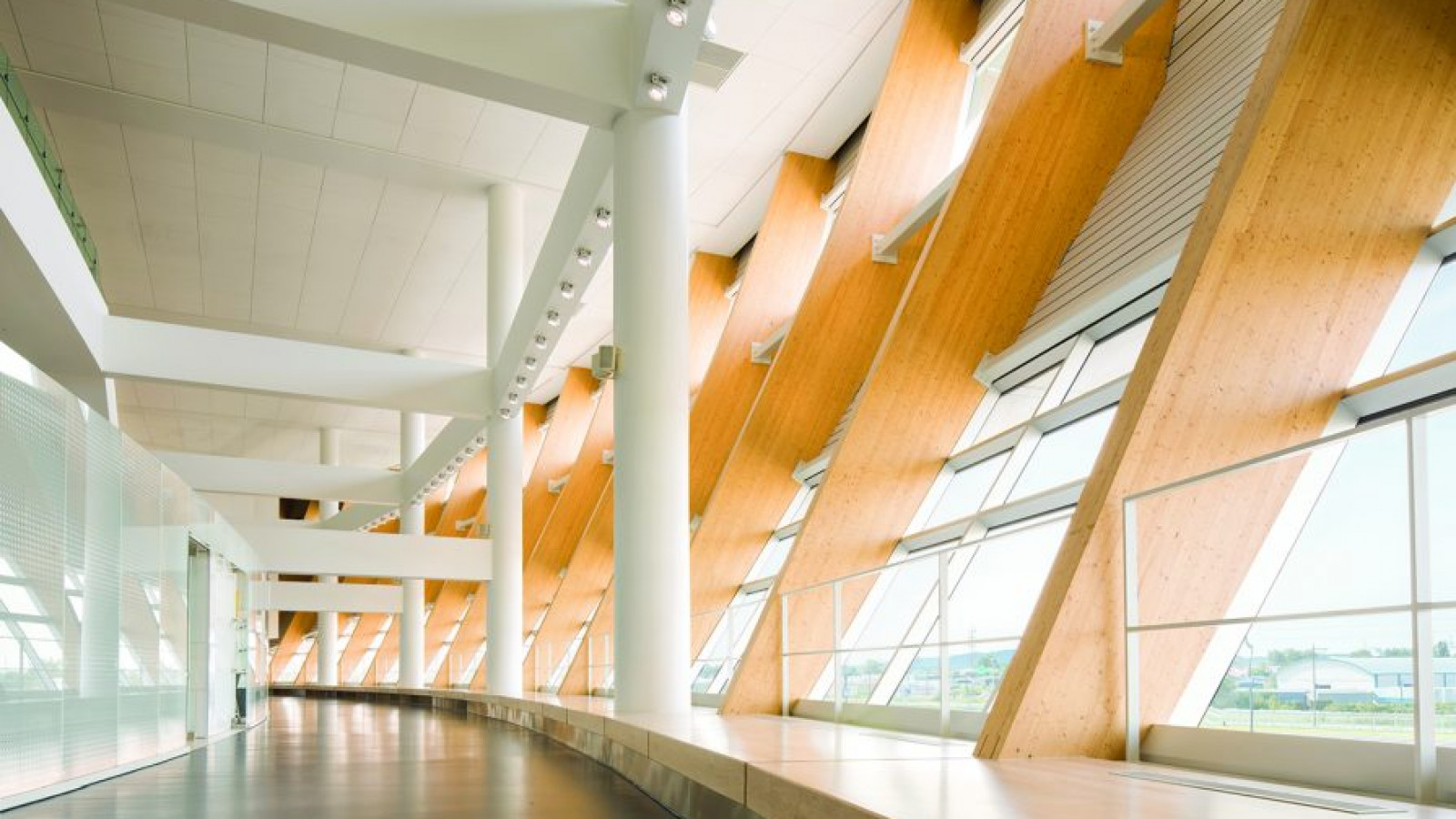
In this article we explore the complexities of passive fire safety in hybrid mass timber buildings and how a focus on encapsulating a combustible substrate early on in the build process is crucial to the overall safety.
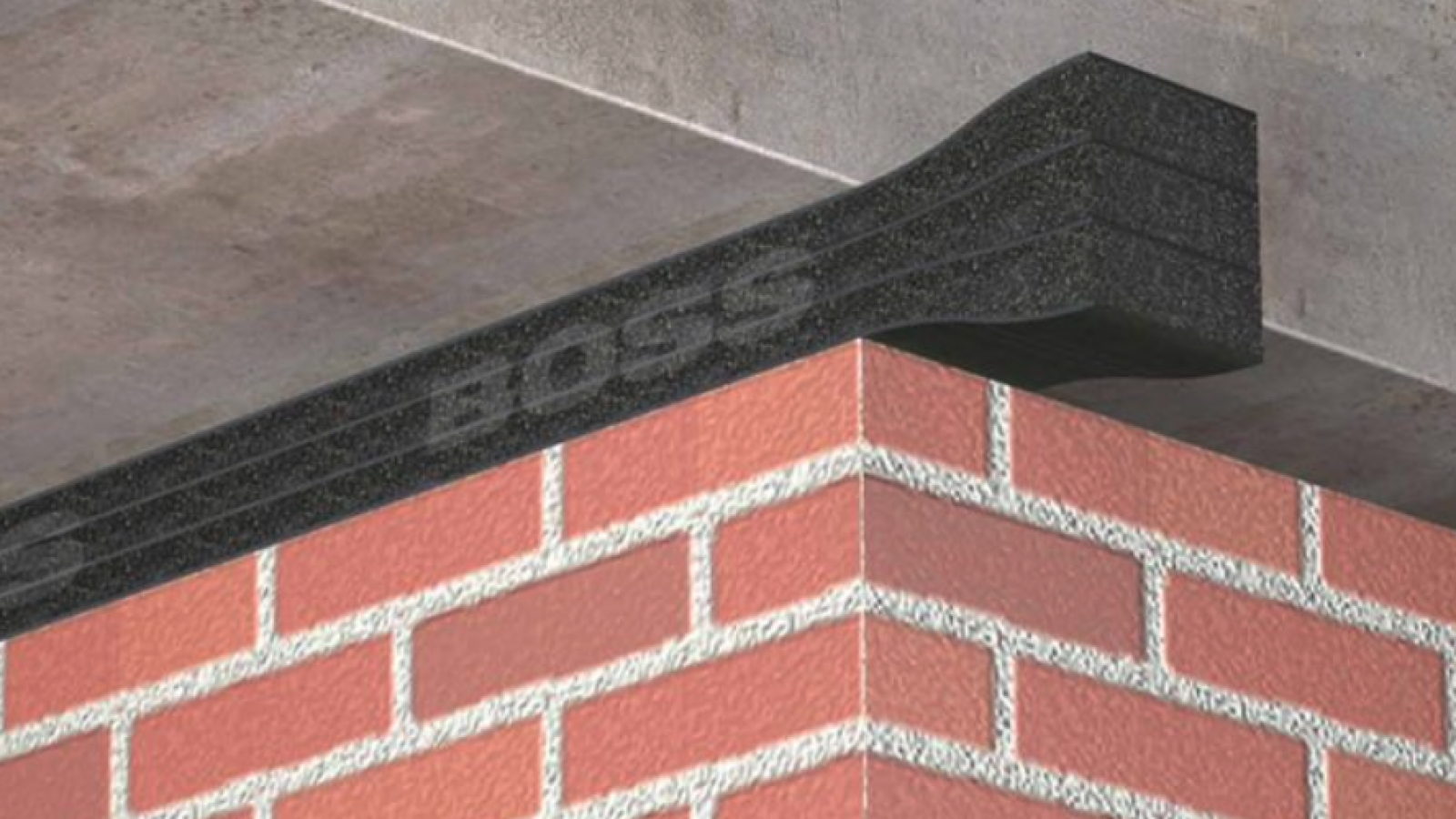
In the event of a seismic event, will the specified passive fire treatment need to remain in place ready to work in the event of a fire? Or is the treatment designed to be repaired if it has cracked or moved in the event of a seismic event?

New and updated architectural products, design solutions, inspiration, technical advice and more when you sign up for EBOSS.








 Most Popular
Most Popular Popular Products
Popular Products

